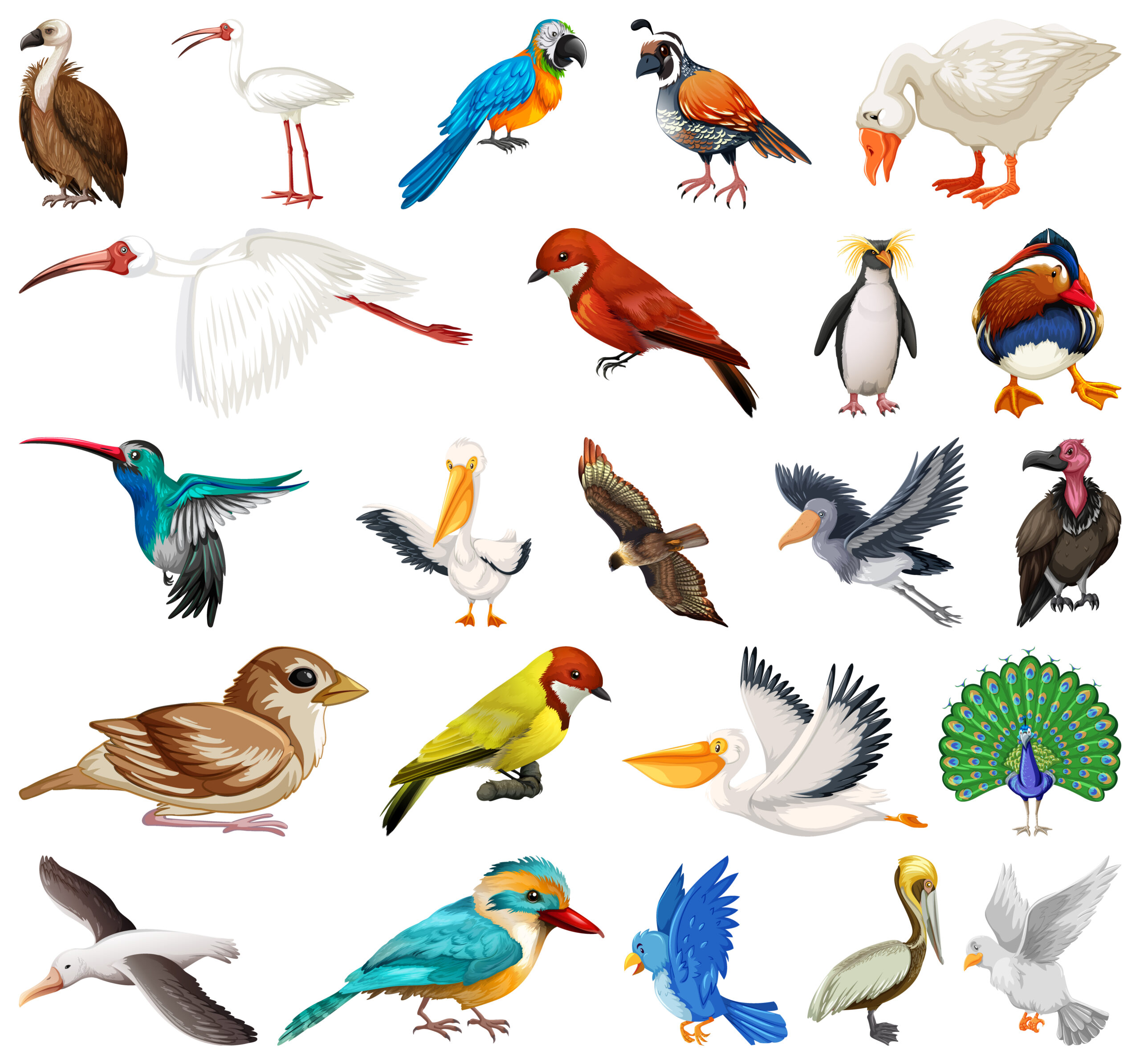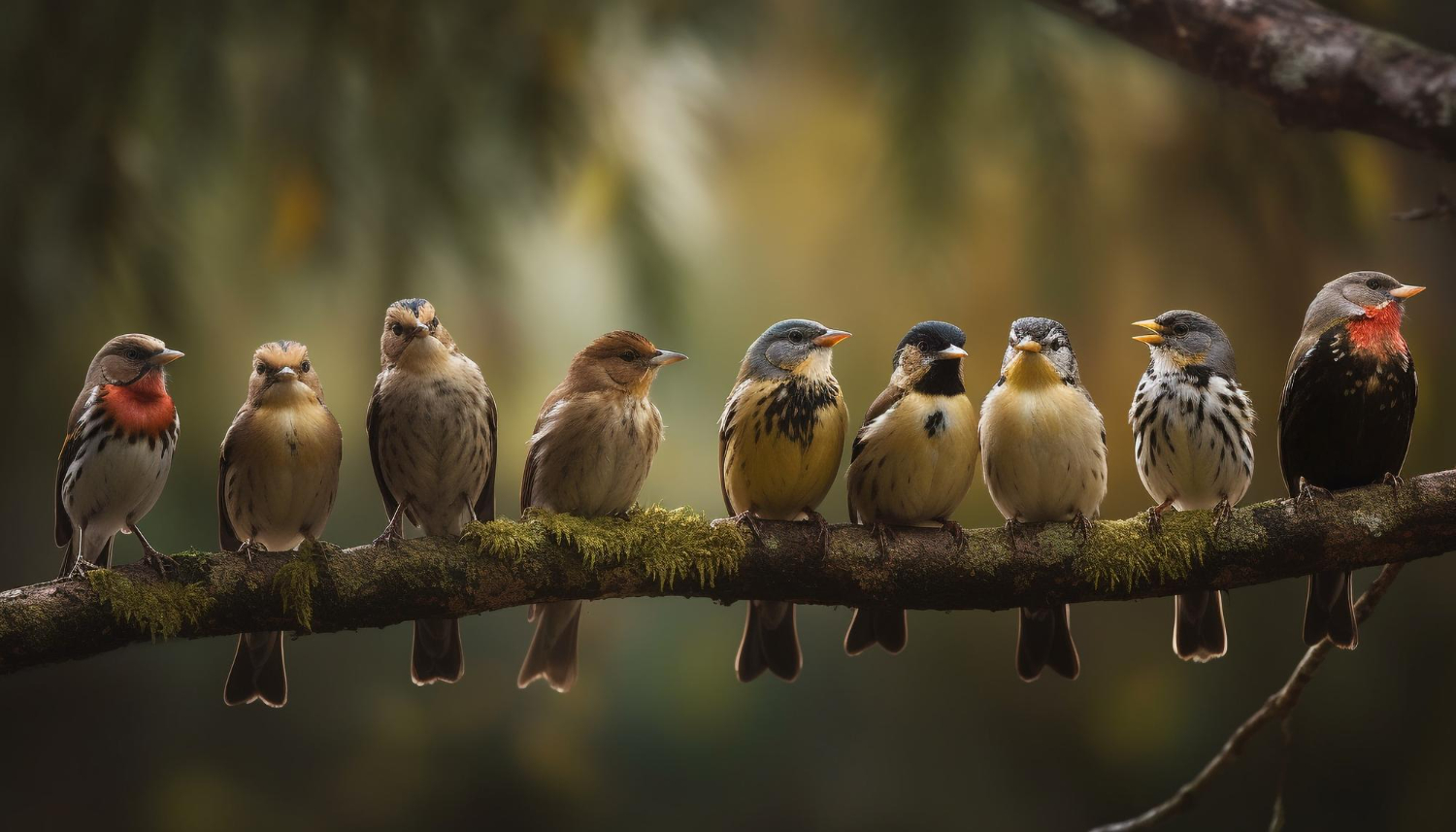The robin bird has long been cherished as a symbol of renewal and hope, signaling the arrival of spring with its cheerful song and vibrant presence. Found across North America and parts of Europe, this beloved bird is more than just a seasonal icon—it plays a vital role in the ecosystem and offers countless moments of joy to bird enthusiasts and nature lovers alike.
In 2025, the robin bird continues to enchant people with its beauty, adaptability, and melodic calls. This blog will take a closer look at the robin bird, its habits, habitats, and why it remains one of the most admired birds in the world.
The Iconic Appearance of the Robin Bird
The robin bird is instantly recognizable by its striking appearance. In North America, the American robin features a rusty-orange chest, grayish-brown back, and a white patch under its tail. Meanwhile, the European robin, smaller and rounder, boasts a bright orange-red face and chest with olive-brown upper parts.
Both species share a similar charm that has made them popular symbols in folklore, art, and literature. The robin bird is often depicted as a cheerful and brave creature, adding to its enduring appeal.
Robin Bird Songs: Nature’s Spring Melody
One of the most delightful aspects of the robin bird is its song. As early risers, robins are often among the first birds to sing at dawn, their melodious calls filling the morning air.
In 2025, as urban areas expand, the robin bird continues to adapt its singing patterns, often using louder and more complex songs to communicate amidst the noise. These songs serve multiple purposes, from marking territory to attracting mates, and they never fail to uplift the human spirit.
Habitat and Range of the Robin Bird
The robin bird is incredibly adaptable, thriving in various environments such as forests, parks, gardens, and even urban areas. In North America, the American robin is a year-round resident in some regions, while others migrate south during the colder months. The European robin is similarly versatile, often appearing in woodlands and suburban gardens.
This adaptability has allowed the robin bird to remain widespread and abundant, making it a familiar sight for millions of people worldwide.
Robin Bird Diet: A Balanced Feast
The robin bird has a diverse diet that changes with the seasons. During the warmer months, robins primarily feed on insects, earthworms, and other invertebrates. They are often seen tugging worms from the ground, a behavior that endears them to birdwatchers.
In winter, when insects are scarce, the robin bird shifts to a diet of fruits and berries, helping to disperse seeds and support plant growth. This adaptability ensures the survival of robins even in challenging conditions.
Migration Patterns of the Robin Bird
Migration is a fascinating aspect of the robin bird‘s life. While some populations are resident year-round, others undertake seasonal migrations to find food and suitable nesting sites.
In North America, robins typically migrate south in fall and return north in early spring, often being among the first birds to signal the change of seasons. Their arrival is eagerly awaited by birdwatchers, who consider the robin bird a true herald of spring.
The Role of the Robin Bird in the Ecosystem
The robin bird plays a crucial role in maintaining ecological balance. By feeding on insects, they help control pest populations, protecting plants and crops. Additionally, their fruit-eating habits contribute to seed dispersal, promoting forest regeneration and biodiversity.
As an integral part of the food web, the robin bird also serves as prey for predators like hawks and snakes, highlighting its importance within the ecosystem.
Robin Bird Nesting Habits
The robin bird is known for its meticulous nest-building skills. Females typically construct cup-shaped nests using grass, twigs, and mud, often placing them in trees, shrubs, or on human-made structures like ledges and eaves.
In 2025, as urbanization continues, robins have adapted to nesting in a variety of environments, demonstrating their resilience and resourcefulness. Watching a robins bird care for its young is a heartwarming sight that connects people to nature.
Fun Facts About the Robin Bird
- Early Risers: The robins bird is often the first to sing in the morning, earning it the nickname “dawn chorister.”
- Cultural Symbolism: In many cultures, the robins bird represents hope, renewal, and good luck.
- Speedy Flyers: Robins can reach speeds of up to 20-30 mph during flight.
- Social Birds: While robins are territorial during breeding season, they often form flocks in winter to forage for food.
Attracting Robin Birds to Your Backyard
Creating a robin-friendly environment in your backyard is a rewarding experience. Here are some tips to attract these charming birds:
- Provide Food: Offer a mix of mealworms, berries, and chopped fruits to cater to the robins bird diet.
- Add a Birdbath: Robins love water for drinking and bathing. A shallow birdbath can be a great addition.
- Plant Native Shrubs: Native plants that produce berries can provide a natural food source for robins.
- Avoid Chemicals: Reducing pesticide use ensures a safe environment for the robins bird and its prey.
Threats to the Robin Bird
Despite their adaptability, robins bird face several challenges in 2025. Habitat loss due to urbanization and deforestation is a significant threat. Climate change also impacts their migration patterns and food availability.
Collisions with windows and exposure to pesticides further endanger these birds. Raising awareness and taking steps to protect the robins bird and its habitats are crucial for its survival.
Conservation Efforts for the Robin Bird
Conservation organizations are working to protect the robins bird and other wildlife through habitat restoration, education, and advocacy. Participating in citizen science projects like bird counts can also contribute to monitoring robin populations and understanding their needs.
In 2025, individual efforts to create bird-friendly spaces and support conservation initiatives can make a big difference in ensuring a bright future for the robins bird.
Why the Robin Bird Matters
The robins bird is more than just a symbol of spring—it’s a reminder of nature’s beauty and resilience. By observing and appreciating these birds, we strengthen our connection to the natural world and gain a deeper understanding of the ecosystems that sustain us.
Conclusion
The robins bird remains a beloved symbol of hope, renewal, and beauty in 2025. Its cheerful presence, vibrant appearance, and ecological importance make it a bird worth celebrating and protecting.
Whether you’re listening to its morning song, watching it forage for food, or admiring its nest-building skills, the robins bird never fails to inspire wonder. By taking steps to create bird-friendly spaces and support conservation efforts, we can ensure that future generations continue to enjoy the magic of the robins bird.
Let the robins bird remind us of the promise of spring and the importance of nurturing the natural world. Together, we can celebrate and protect this vibrant herald of the changing seasons.




I am really inspired together with your writing skills and also with the structure on your weblog. Is this a paid subject or did you customize it yourself? Either way keep up the excellent quality writing, it is rare to look a nice blog like this one nowadays!
Here to join conversations, exchange ideas, and gain fresh perspectives throughout the journey.
I enjoy learning from different perspectives and contributing whenever I can. Always open to fresh thoughts and connecting with others.
There is my web-site-AutoMisto24
https://automisto24.com.ua/
LMC Middle School https://lmc896.org in Lower Manhattan provides a rigorous, student-centered education in a caring and inclusive atmosphere. Emphasis on critical thinking, collaboration, and community engagement.
Гидроизоляция зданий https://gidrokva.ru и сооружений любой сложности. Фундаменты, подвалы, крыши, стены, инженерные конструкции.